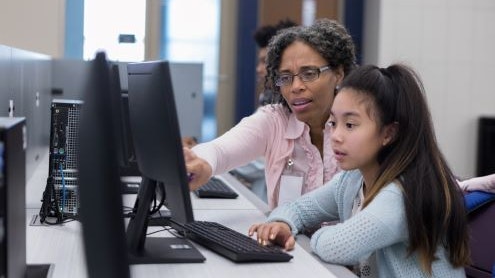Homepage
•
Learning Library
•
Blog
•
How To Teach Information Literacy
Expand breadcrumbs
Expand breadcrumbs
- Learning Library
- Blog
- How To Teach Information Literacy
- Homepage
- •
- Learning Library
- •
- Blog
- •
- How To Teach Information Literacy
How To Teach Information Literacy
By Jerry Fingal
March 5, 2020








